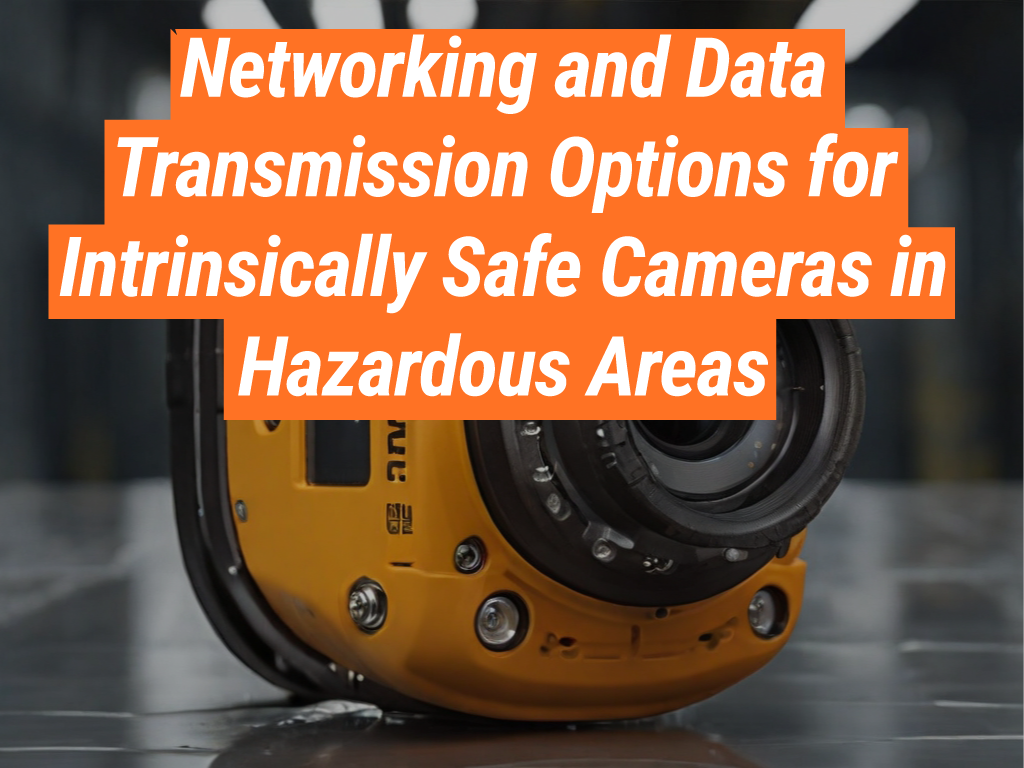Welcome to Intrinsically Safe Store, your one-stop-shop for all your safety equipment needs. We specialize in providing intrinsically safe devices, including cameras, for use in hazardous areas. In this article, we will explore the networking and data transmission options for intrinsically safe cameras in hazardous areas. We invite you to visit our website to learn more about our products and services.
Understanding Intrinsically Safe Cameras
Designers create intrinsically safe cameras to operate safely in hazardous areas where flammable gases, dust, or fibers may be present. Engineers design these cameras to prevent ignition of the surrounding atmosphere, making them an essential tool in industries such as oil and gas, chemical manufacturing, and mining.
Networking Options for Intrinsically Safe Cameras
There are several networking options available for intrinsically safe cameras, each with its own advantages and considerations.
- Wired Networks: This traditional method of networking involves connecting cameras directly to a network via Ethernet cables. While this method offers reliable and high-speed data transmission, it may not be feasible in all hazardous environments due to the risk of cable damage.
- Wireless Networks: Wireless networking allows for greater flexibility in camera placement and can be more cost-effective than wired networks. However, signal interference can be a concern in certain environments.
- Cellular Networks: Cellular networks offer the advantage of remote access, allowing for real-time monitoring from virtually anywhere. However, this option requires a strong cellular signal and may incur additional data costs.

Data Transmission Options for Intrinsically Safe Cameras
Data transmission is a critical aspect of any camera system, and intrinsically safe cameras are no exception. The following are some of the most common data transmission options:
- Direct Transmission: This involves transmitting data directly from the camera to a storage device or monitoring station. This method offers high-speed transmission but may be limited by the range and bandwidth of the network.
- Cloud Storage: With this option, data is transmitted to a cloud-based storage system, allowing for easy access from any location. This method requires a reliable internet connection and may involve ongoing storage costs.
Choosing the Right Networking and Data Transmission Options
When choosing networking and data transmission options for intrinsically safe cameras, several factors should be considered. These include the specific requirements of the hazardous environment, the desired range and speed of data transmission, and the available budget. It’s also important to consider the potential for future expansion or upgrades to the system.


























